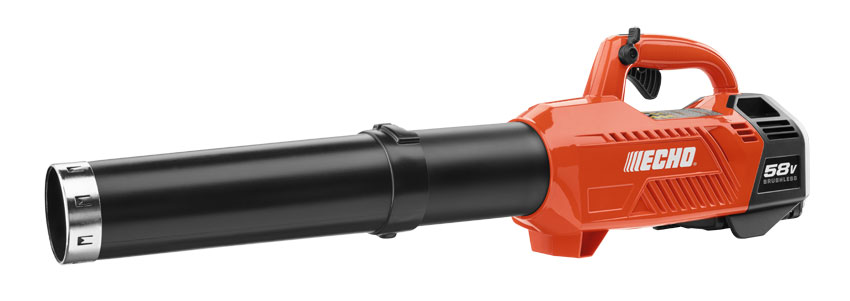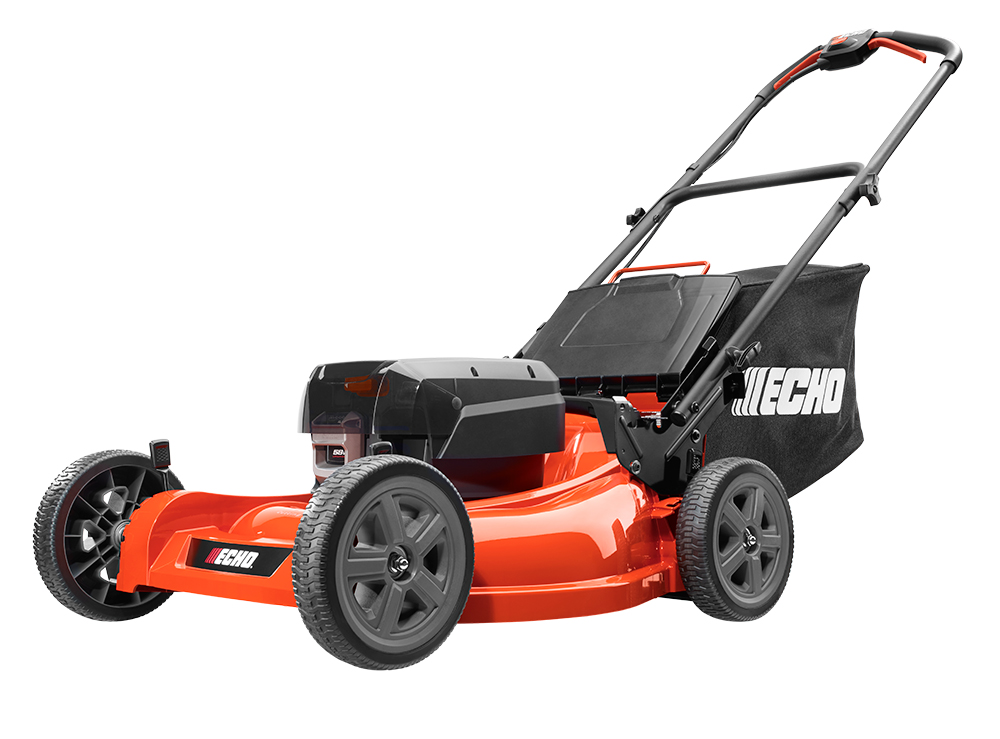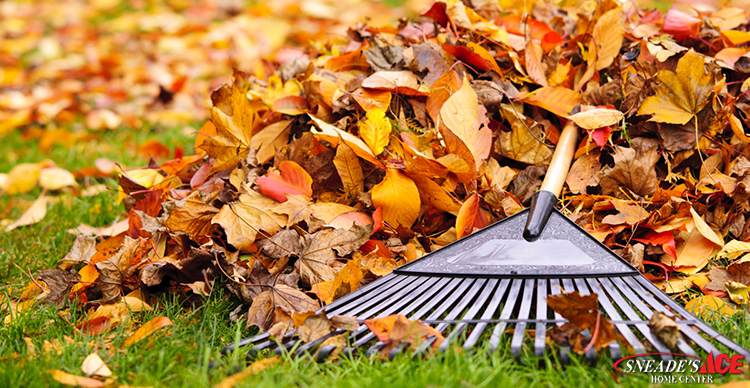Prep Your Lawn for Winter and Beyond
When the brisk breezes and colorful foliage of autumn set in, Maryland homeowners know what’s coming up! Although a good share of yard maintenance takes place during the warmer months, the fall is also an essential time to prep yards for the coming winter as well as the spring ahead. So what needs to be done? We consulted the experts at Sneade’s Ace Home Center on the top tasks of fall lawn and property care. Read on for their recommendations and check your fall lawn prep off of your to-do list!
Clear leaves
Blow them, mow them, rake them, or vacuum them. However you choose to do it, fallen leaves must be gathered and removed. As beautiful as they can be, leaving them on your grass over the snowy months can lead to problems like snow mold, brown patch, diseases, and pests, and may also smother your grass. So select your method, and clear them out! (Just be sure to keep enough of them around to cover your flower beds for the winter to provide insulation from the snow.)

Tackle the leaf build up on your property with the Echo cordless blower!
Remove thatch
A thick build-up of thatch (defined here) can prevent nutrients, air, and water from reaching the roots of your grass, eventually smothering your lawn. Removing thatch is best done using a thatch rake, or, for larger spaces, a power rake. Be sure not to miss any areas! This video demonstrates the ideal technique for thatch removal.
Adjust lawn mowing deck height
Continue to mow your lawn until it stops growing in the late fall, but lower the cutting deck down to 2 inches. (Some homeowners may have had theirs set higher over the summer months, but fall is the time to bring it down.) This helps prevent longer grass from matting underneath the eventual snow. Not sure how to do it? Here’s a handy how-to.

With its 7 position height cutting adjustment capability, the Echo cordless lawn mower is exactly what you need this fall.
Aerate your soil
You may have noticed higher traffic areas of your yard where the grass is thinner or may have stopped growing altogether. These areas likely need aeration. When soil gets compacted, the roots of your grass can’t get enough oxygen. Aerating it resolves the issue and can be done in several ways – talk to a friendly professional at Sneade’s Ace Home Center to find out which method is best for your soil!
Water until the ground freezes
You’ll still need to water your lawn as scheduled until the ground has frozen. Ideally, watering is done twice weekly in the morning (some recommend starting as early as 4 am), ensuring the ground is thoroughly moistened to at least a few inches deep. This should continue throughout the fall until the ground is frozen.
Overseed
Fill in any thin or bare patches of your lawn after proper aeration by overseeding. Mow the yard first, and be sure to bag the clippings. Then sow the seed of your choosing – ryegrass, bluegrass, or fescue (ryegrass is generally best for Maryland lawns, and is the most wear-resistant). Keep it moist with light sprinkling until the grass has taken root. (Note: Some recommend waiting until 3 mows after overseeding to fertilize your lawn.)
Out with the old
Basically, the fall is for clearing out and trimming back what is dead. You don’t want to trim everything, though (in fact, some suggest skipping the fall pruning altogether). Be sure to pay close attention to what does and does not need an autumn snip.
Get rid of old, tired, struggling plants first – especially if they’re diseased – to clear room for new, healthy ones (like these bulbs). Then start pruning some plants (like these) and shrubs and trimming trees. Think of it as giving them a nice haircut for spring – in advance. Keep in mind that every snip influences future growth in some way, so be purposeful!
A bit about trees
Tree trimming is easier when you can tell which branches are dead – and this is easier during leaf-bearing months. You’ll definitely want to clear these out ahead of heavy snows or thick layers of ice which could cause them to fall during the winter.
Overall, give your trees a good trimming, following this handy guide, but be sure not to trim your hedges until after first frost, as it can cause injury to the plant’s internal clock. Read details here. Note: Most sources recommend that flowering shrubs and trees should be pruned in the dormant season, or late winter/early spring. But, please do prune the stems and leaves of plants prone to slugs (i.e. hosta, delphinium, lupine, and similar), but wait for a few frosts first.
Caution: Any pruning needed near power lines can be a dangerous job. We recommend consulting a professional for this or contacting your power company as they may provide that service in some cases.
Fertilize
Give your grass a good pre-snow feeding with fertilizer. This stimulates root growth, sets your grass up for a great-looking green spring lawn. You should fertilize at least 2-3 weeks before freezing (Mid-October usually works as a final fall fertilizing date, but to be more precise, check your local weather forecasts for first frost predictions). Winterizer fertilizers (or any with both nitrogen and potassium) are generally best for late fall fertilizing – but ask your Sneade’s Ace Home Center representative for guidance on your yard’s best products.
Launch an autumn attack on perennial weeds
Ready to fight dandelions? You can do that in the fall, too (unless you want to grow some for the bees or springtime dandelion tea!) Some homeowners apply modern herbicides like RoundUp for this task, while others have been successful using more traditional products or other alternatives – or even vinegar in some cases.
Consult your Sneade’s Ace Home Center staff for their recommended products!

